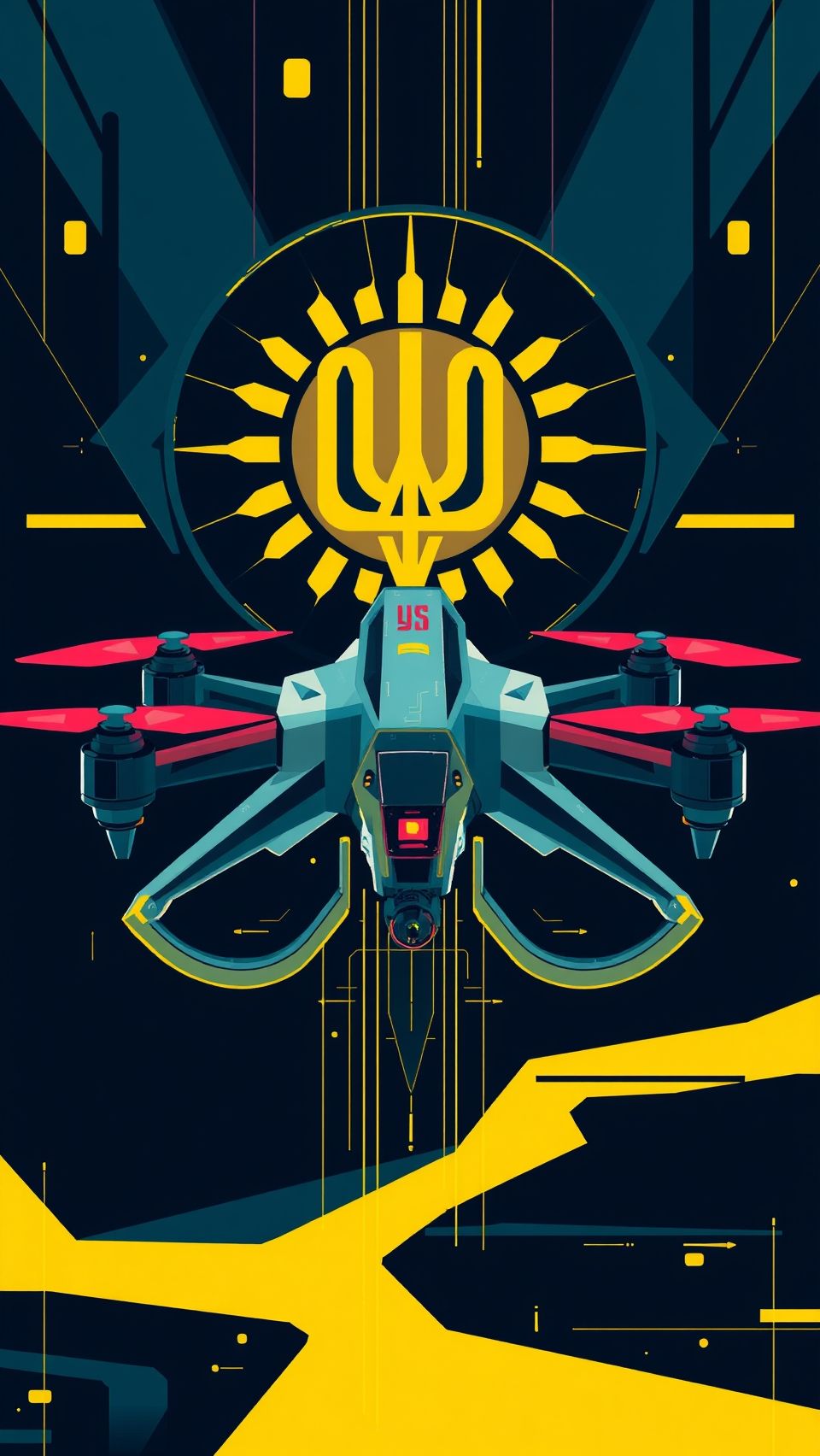Dji Mini 3 Drone Deal Of A Lifetime: Compact Powerhouse Now Available For Unbeatable Price
The DJI Mini 3 drone has never been a more attractive option for those looking to take their aerial …
12. August 2025

Germany’s Quantum Systems Delivers Cutting-Edge Vector AI Drone to Ukraine with Acoustic Detection System
German drone manufacturer Quantum Systems has delivered a cutting-edge Vector AI unmanned aerial vehicle (UAV) to Ukraine, equipped with an advanced acoustic detection system. The Vector AI is a game-changer in the world of drone warfare, boasting an impressive array of features that make it an invaluable asset to Ukrainian forces.
The Vector AI’s acoustic system is powered by the 150-gram sensor, which can detect artillery fire from up to 15 km away and small arms fire at distances of up to 2.5 km. This impressive detection range allows Ukrainian forces to pinpoint enemy firing locations with unprecedented accuracy, providing a significant advantage on the battlefield.
Quantum Systems’ Vector AI uses serial-production components and is undergoing trials at Ukrainian military training grounds and during combat missions. The company has also integrated WASP sensors into its Twister UAVs, further expanding their product line. As part of this partnership, Quantum Systems has been working tirelessly to ensure that the Vector AI meets the exacting standards of Ukrainian forces.
“Tests we are conducting with the acoustic sensor aim, among other things, to demonstrate to the military command the additional capabilities of Quantum Systems’ products for potential follow-on orders,” said Oleksandr Berezhnyi, head of Quantum Systems’ Ukrainian office. The company’s commitment to providing innovative solutions to Ukraine’s defense needs is evident in these ongoing software upgrades.
The system’s declared detection accuracy is 5 degrees at a range of 5 km—enough for approximate target location. This level of precision is critical in modern warfare, where accurate targeting can mean the difference between life and death.
In recent years, we have witnessed a growing trend towards the use of drones in modern warfare. The advantages of these unmanned aerial vehicles are clear: their ability to gather intelligence, conduct reconnaissance, and engage enemy targets without putting human lives at risk. However, the development of advanced technologies like the Vector AI drone represents a significant leap forward in this field.
The integration of the WASP acoustic sensor into the Vector AI drone is a prime example of this trend. By combining cutting-edge technology with innovative design, Quantum Systems has created a UAV that is capable of detecting enemy artillery fire from vast distances. This level of detection accuracy is unprecedented and has the potential to revolutionize the way Ukraine detects and tracks enemy positions.
As the situation on Ukraine’s frontlines continues to evolve, it remains to be seen how this technology will shape the course of the conflict. One thing is certain, however: the Vector AI drone, equipped with its advanced acoustic detection system, is poised to play a significant role in Ukraine’s fight against enemy artillery. The partnership between Quantum Systems and Ukrainian forces serves as a testament to the company’s commitment to providing innovative solutions that support the country’s defense needs.
The Vector AI drone’s cutting-edge technology has far-reaching implications for modern warfare. As the use of drones becomes increasingly prevalent, it is essential to develop technologies that can effectively detect and track enemy targets. The Vector AI’s acoustic detection system is a significant step forward in this regard, providing Ukrainian forces with a critical advantage on the battlefield.
In conclusion, the delivery of the Vector AI drone to Ukraine marks an important milestone in the development of advanced drone technology. With its cutting-edge acoustic detection system, this UAV has the potential to revolutionize the way Ukraine detects and tracks enemy positions. As the situation on Ukraine’s frontlines continues to evolve, it will be fascinating to see how this technology shapes the course of the conflict.